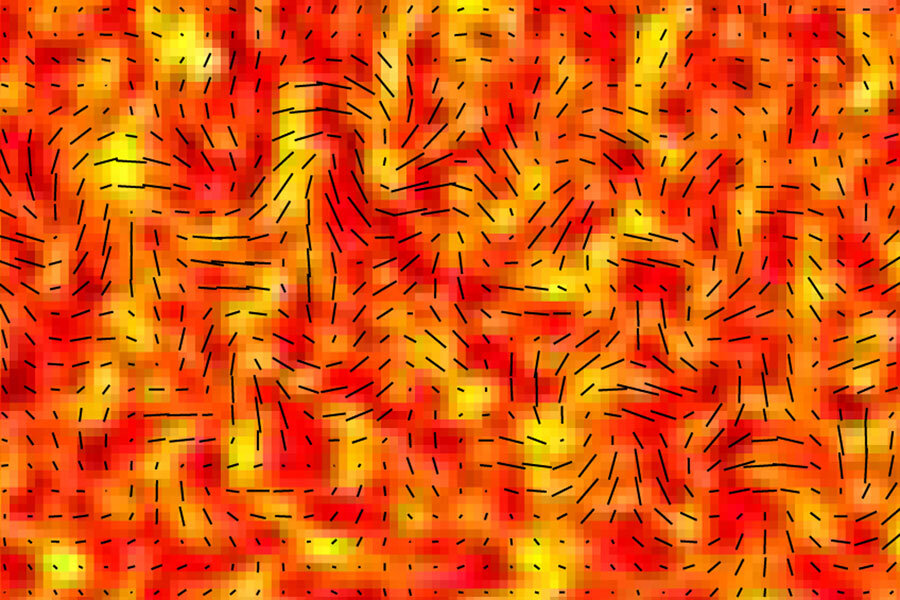Why scientists are walking back their cosmic inflation claim
Loading...
| New York
Scientists who made headlines last March by announcing that they'd found long-sought evidence about the early universe are now abandoning that claim.
New data show that their cosmic observations no longer back up that conclusion, they say.
The original announcement caused a sensation because it appeared to show evidence that the universe ballooned rapidly a split-second after its birth, in what scientist call cosmic inflation. That idea had been widely believed, but researchers had hoped to bolster it by finding a particular trait in light left over from the very early universe.
That signal is what the researchers claimed they had found in observations of the sky taken from the South Pole, in a project called BICEP2.
But now, in a new paper submitted for publication, "we are effectively retracting the claim," said Brian Keating of the University of California, San Diego, a member of the BICEP2 team.
"It's disappointing," he said in a telephone interview Friday after the European Space Agency publicized the results. "It's like finding out there's no Santa Claus. But it's important to know the truth."
The new analysis was conducted by BICEP2 researchers plus scientists who worked with the European Planck satellite, which provided new data to help interpret the original observations
In essence, Keating said, the analysis shows that the source of the signal observed by BICEP2 isn't necessarily the very early universe. Instead, it's equally likely to have come from dust in our galaxy, which would mean it does not provide the evidence BICEP2 had claimed.
That possibility had been raised by other scientists soon after the announcement last March. When the BICEP2 team published its results in June it acknowledged it might have been fooled by the dust, but it still stood by its initial conclusions.
Keating said the search for the signal from the early universe would continue. And the new analysis has helped, he said, by showing how to avoid being misled by the galactic dust.
___
Copyright 2015 The Associated Press. All rights reserved. This material may not be published, broadcast, rewritten or redistributed.







